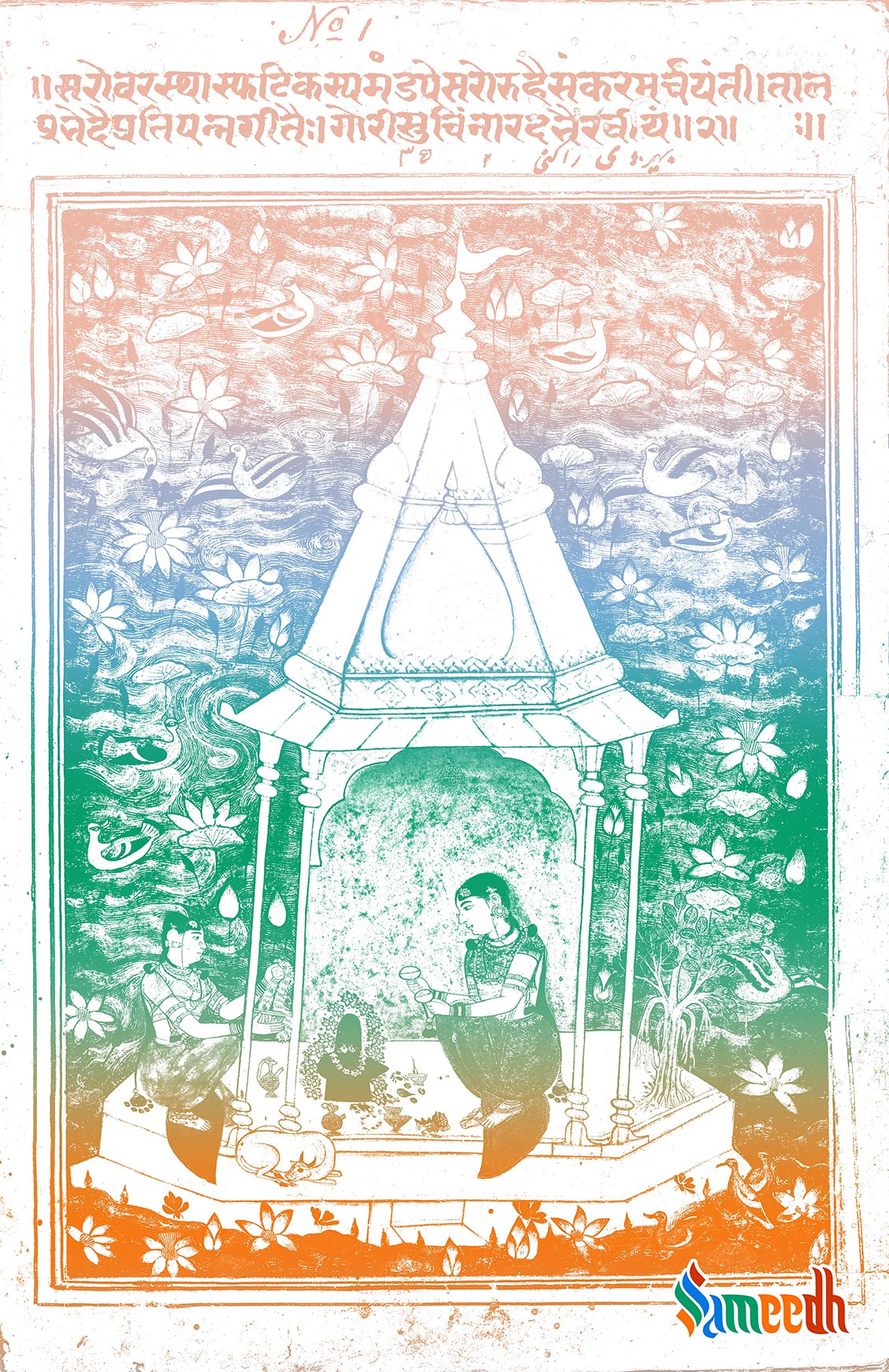This blogpost discusses the importance and origin of one of the most revered ragas of Indian music.

DEFINITION
A Raag for all the Emotions
Raag Bhairavi is aimed at expressing various emotions like Devotion and Compassion. The raag is composed to enable the singer and composer reach the divine and seek more grace. The beauty of Raag Bhairavi lies in the fact that it is sung in the morning as well as at the end of a music session. It makes up for the beginning as well as the conclusion. The composition of Raag Bhairavi caters to all kinds of emotion with the help of all the notes that exist and is sung with both the kinds of notes, ascending as well as descending. Raag Bhairavi is used in composing songs of different emotions like Bhakti Ras and Shringara Ras.
Raag Bhairavi has a calming effect on the audience as well as the composers and singers.
ETYMOLOGY
Bhairavi: A Morning Melody
The word, ‘Bhairavi’ means awe-inspiring. It is performed with mainly two types of music genres, Bhajan( Devotional Songs) and Thumri.
The right time of recitation, composition and performance of songs based on Raag Bhairavi is the morning and the conclusion of any musical event. Early morning is the best time for the performance of the Raag Bhairavi since it amplifies emotions like Devotion and Romance.
ORIGIN
All the 7 Notes
Raag Bhairavi is known as a heptatonic raga or a Sampoorna Raga because it is composed with all the seven notes that exist. It also utilised both the types of scales, ascending and descending called Aroh and Avroh, respectively. This kind of unique style of composition adds more serenity, subtlety and versatility to Raag Bhairavi. The usage of all the notes enable the Raag Bhairavi to invoke an emotion as strong as patriotism as well.
COMPOSITION
A Versatile Raga
Raag Bhairavi is a unique raag because of its unique versatility. It can be used in devotional, nostalgic, romantic and patriotic themes very easily. With its unique composition enable by all the seven notes, three types of songs or music have emerged from Raag Bhairavi namely, Shuddha, Sindhu and Jangla Bhairavi.
PERFORMANCE
To Connect with the Divine and More
Since the time of its inception, Raag Bhairavi has been used in different genres like Devotional songs to Patriotic songs to Nostalgia inducing songs. One of the most famous and cherished version of Vande Mataram employs Raag Bhairavi to add a patriotic emotion.
NATIONAL/ GLOBAL INFLUENCE
Raag Bhairavi: A Versatile Raag
Due to its nature as a Sampoorna Raag, Raag Bhairavi is extremely subtle, powerful and versatile. It has been used to create several iconic songs of national and musical importance. It was used to compose a famous track, ‘Ras ke Bhare Tore Nain’ which gained huge popularity and fanbase because it emotes various emotions of love and romance.
FAMOUS PEOPLE PRACTICING THIS TYPE OF MUSIC
Practised by Legends
Raag Bhairavi has been a favourite amongst many legendary musicians, composers and singers. From Lata Mangeshkar to Mohammad Rafi to Kishore Kumar and many more exemplary singers and composers have created and sung songs which are based on Raag Bhairavi. Legends like Pandit Shiv Kumar Sharma and Bhimsen Joshi have created the most exceptional melodies with the base of Raag Bhairavi.
Raag Bhairavi: The Soul of Great Melodies
The Raag Bhairavi forms one of the building blocks of Hindustani Classical and Carnatic Music. Its several variations and versions have gained massive popularity and reverence.
To learn more about Indian music, keep reading our blog posts on Sameedh.
